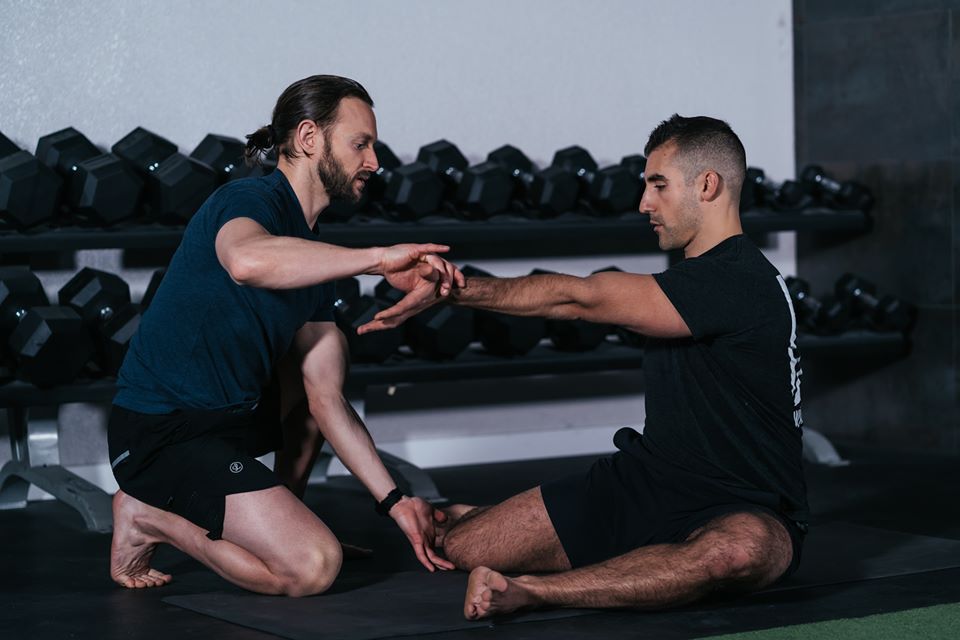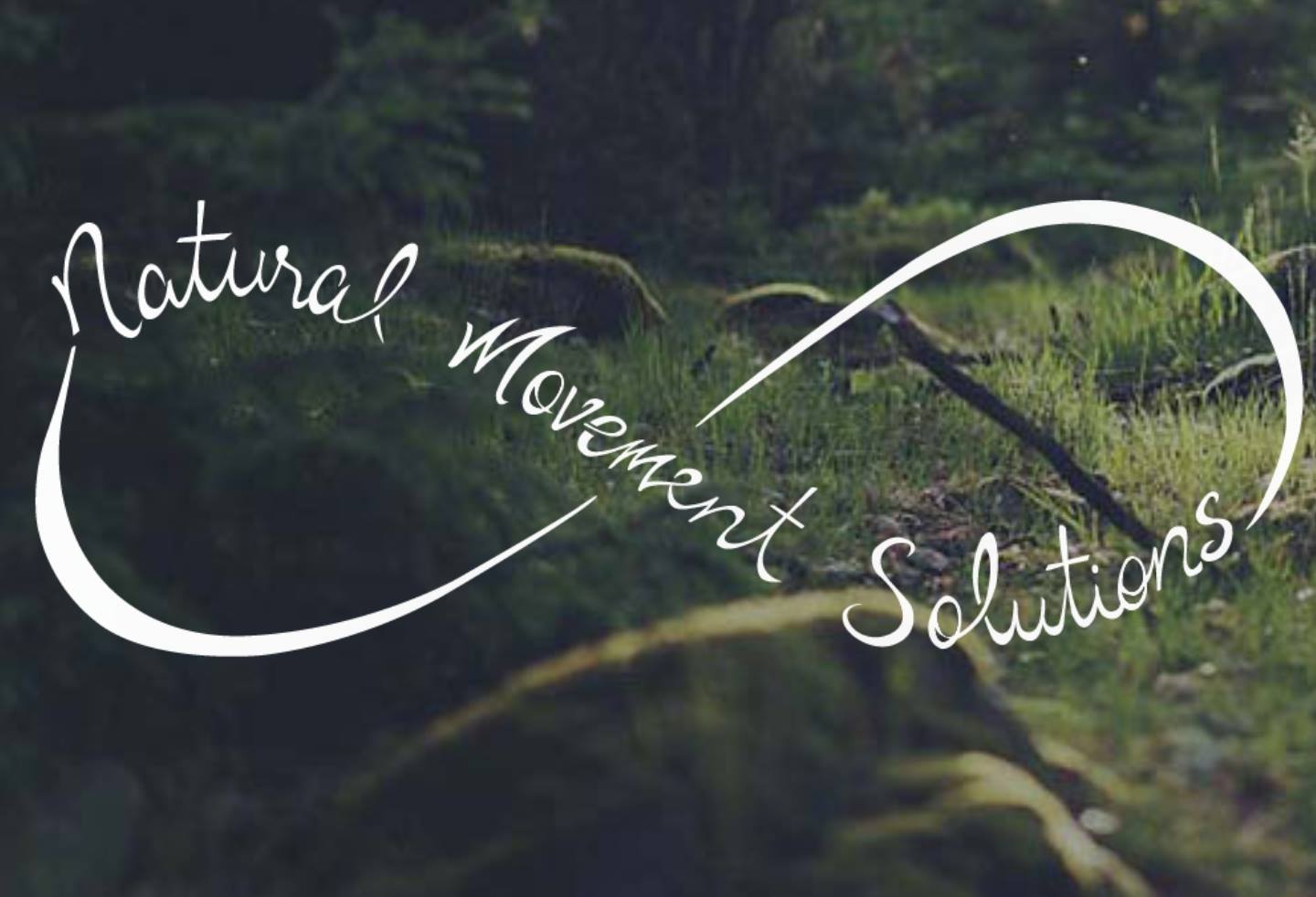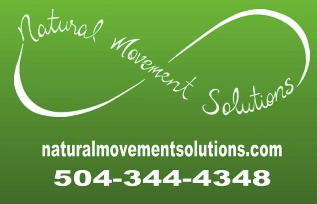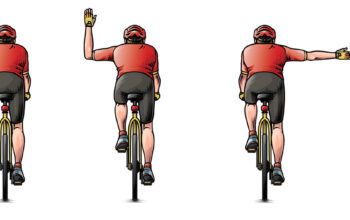Fascia is the connective tissue inside of our bodies that connects and separates all of our muscles, organs, bones, joints, skin etc. Blood is also considered part of the fascia. The fascia has different roles that it plays in the body including – structural, circulatory, neurobiological, communication, energy storage, defense/protection and scarring. Understanding the roles of fascia, the ‘relational’ anatomy and biomechanics are essential for working with the Myofascial Stretches. Gray’s Anatomy explains descriptive anatomy and has specific sections called ‘relational anatomy’. Relational anatomy is the key to understanding how we are targeting the correct links in the chain of connective tissues. It is also good to understand a base level of histology and biomechanics. Histology is the study of the tissues or the microanaotmy of our bodies. Understanding the connective tissue(cells, fibers, and matrix) will help us to understand why a proper warm up, hydration and respecting the different layers of the tissues and their anatomical links, is important to achieving the best results possible. Biomechanics is the study of mechanical laws relating to movement in living organisms. Anatomical structures differ from each other in their shape and functions. Some structures can function similarly, but not exactly the same.

To properly perform a Myofascial Stretch it is essential to think about the links; all of the relational anatomy of the surrounding structures. Otherwise, we are limiting the effects we will have on that particular facial chain and the fascial system as a whole. When we think about the myo-fascia and stretching, we need to do the maximum number of steps possible to effect the entire chain. The term myo-fascia is even limiting because it refers to the fascia of muscle which is the connective tissue surrounding the individual muscle fibers and the entire muscle itself. Some of the muscle tendons insert directly into the capsules of joints and those joints have relationships to other muscles, ligaments and joint structures. Some of the muscles are in direct link to the internal organs as well. All of this can be effected by using anatomy and biomechanics to create a maximum Myofascial Stretch.
Methodology and rules of Myofascial Stretching:
1. Be well hydrated. The fascia is primarily a collagen tube. What is in the tube? Water. How does water get into the tube? Hydration, freedom and movement.
2. Proper cardio-respiratory warm up. It is essential to increase the body temperature and the flow of blood into the tissues and structures we want to work with.
3. Find a base position for each exercise. Figure out what posture or position makes the most sense to best effect that particular chain. 4-point, prone, supine, standing, kneeling knight, etc. For example; for the ilio-Psoas, the kneeling knight position makes the most sense as a base position.
4. Take the action of the muscle and reverse it. For example; Psoas action: flexes hip and spine, externally rotates of hip, tilts pelvis anteriorly, side-bends spine ipsi-laterally, rotates spine contra-laterally. Take this and reverse it, and you have your stretch!
5. Create maximal fascial tension in all parts possible. Respect the fascial principles and consider the relational anatomy.
6. 3x’s(sets) 30seconds(hold) for each side. The muscles need enough time to relax. Different muscle types relax at different durations. A minimum of 20 seconds is essential. The more experienced you are with stretching, the quicker your muscles will relax when you’re in the position.
7. Always perform MFS after performance or training. The joints capsules, muscles, tendons and ligaments are full of receptors. The brain is constantly monitoring tension to know where the body parts are in space, via the proprioceptors, mechanoreceptors, Golgi tendon organs, etc. It doesn’t make sense to change the information in the joints and muscles by long static stretching before performing rigorous exercise or athletic activity. A different type of stretching would be necessary. For MFS, always stretch afterwards to normalize the tension created during the activity.Who created Myofascial Stretching?
Guy Voyer is one of the early pioneers that identified the roles of the fascia and traced particular fascial chains in our anatomy. Guy is a French Osteopath, classically trained in Europe over 40 years ago. The Osteopaths in Europe and Canada are very different than those in the United States. What makes Guy Voyer so special is his understanding and use of specific exercises. He has created very specific exercises that produce incredible results. Myofascial Stretching is one exercise methodology that Guy has created himself, in order to harness the power of the fascia. The goal of Myofascial Stretching is not to improve the flexibility of a muscle. The goal is to create freedom within a chain of structures that are in link.
To learn more about the Myofascial Stretching courses and the Soma Training Program, visit LegacyPerformWell.com. Below is a link that explains the Soma Training program.
About Soma Training – https://naturalmovementsolutions.com/blog/
Justin Brien
504-344-4348
NaturalMovementSolutions.com





